The 1000s was a decade of the Julian Calendar which began on January 1, 1000, and ended on December 31, 1009.
The 980s decade ran from January 1, 980, to December 31, 989.
The 990s decade ran from January 1, 990, to December 31, 999.
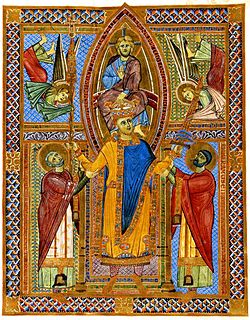
Year 1002 (MII) was a common year starting on Thursday of the Julian calendar.

Year 1004 (MIV) was a leap year starting on Saturday of the Julian calendar.

Year 1005 (MV) was a common year starting on Monday of the Julian calendar.

Year 1016 (MXVI) was a leap year starting on Sunday of the Julian calendar.
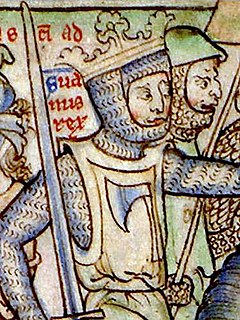
Year in topic Year 1013 (MXIII) was a common year starting on Thursday of the Julian calendar.
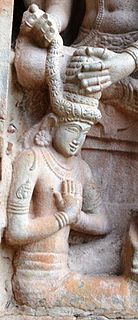
Year 1017 (MXVII) was a common year starting on Tuesday of the Julian calendar.
The 1010s was a decade of the Julian Calendar which began on January 1, 1010, and ended on December 31, 1019.
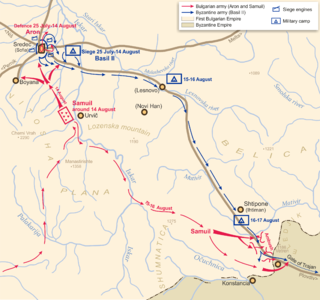
Year 986 (CMLXXXVI) was a common year starting on Friday of the Julian calendar.
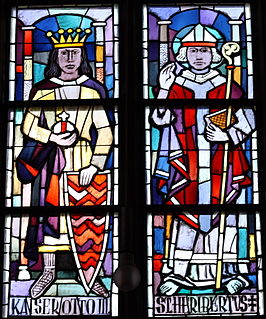
Year 994 (CMXCIV) was a common year starting on Monday of the Julian calendar.

Sweyn Forkbeard was King of Denmark from 986 to 1014, also at times King of the English and King of Norway. He was the father of King Harald II of Denmark, King Cnut the Great and Queen Estrid Svendsdatter.

Edmund Ironside was King of the English from 23 April to 30 November 1016. He was the son of King Æthelred the Unready and his first wife, Ælfgifu of York. Edmund's reign was marred by a war he had inherited from his father; his cognomen "Ironside" was given to him "because of his valour" in resisting the Danish invasion led by Cnut the Great.

Year 985 (CMLXXXV) was a common year starting on Thursday of the Julian calendar.
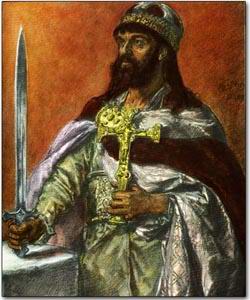
Year 960 (CMLX) was a leap year starting on Sunday of the Julian calendar.

The House of Wessex, also known as the Cerdicings and the West Saxon dynasty, refers to the family, traditionally founded by Cerdic, that ruled Wessex in Southern England from the early 6th century. The house became dominant in southern England after the accession of King Ecgberht in 802. Alfred the Great saved England from Viking conquest in the late ninth century and his grandson Æthelstan became first king of England in 927. The disastrous reign of Æthelred the Unready ended in Danish conquest in 1014. Æthelred and his son Edmund Ironside attempted to resist the Vikings in 1016, but after their deaths the Danish Cnut the Great and his sons ruled until 1042. The House of Wessex then briefly regained power under Æthelred's son Edward the Confessor, but lost it after the Norman Conquest in 1066. All kings of England since Henry II have been descended from the House of Wessex through Henry I's wife Matilda of Scotland, who was a great-granddaughter of Edmund Ironside.
Eadwig Ætheling was the fifth of the six sons of King Æthelred the Unready and his first wife, Ælfgifu. Eadwig is recorded as a witness to charters from 993.
Events from the 1010s in England.

The Danish House of Knýtlinga was a ruling royal house in Middle Age Scandinavia and England. Its most famous king was Cnut the Great, who gave his name to this dynasty. Other notable members were Cnut's father Sweyn Forkbeard, grandfather Harald Bluetooth, and sons Harthacnut, Harold Harefoot, and Svein Knutsson. It has also been called the House of Canute, the House of Denmark, the House of Gorm, or the Jelling dynasty.













